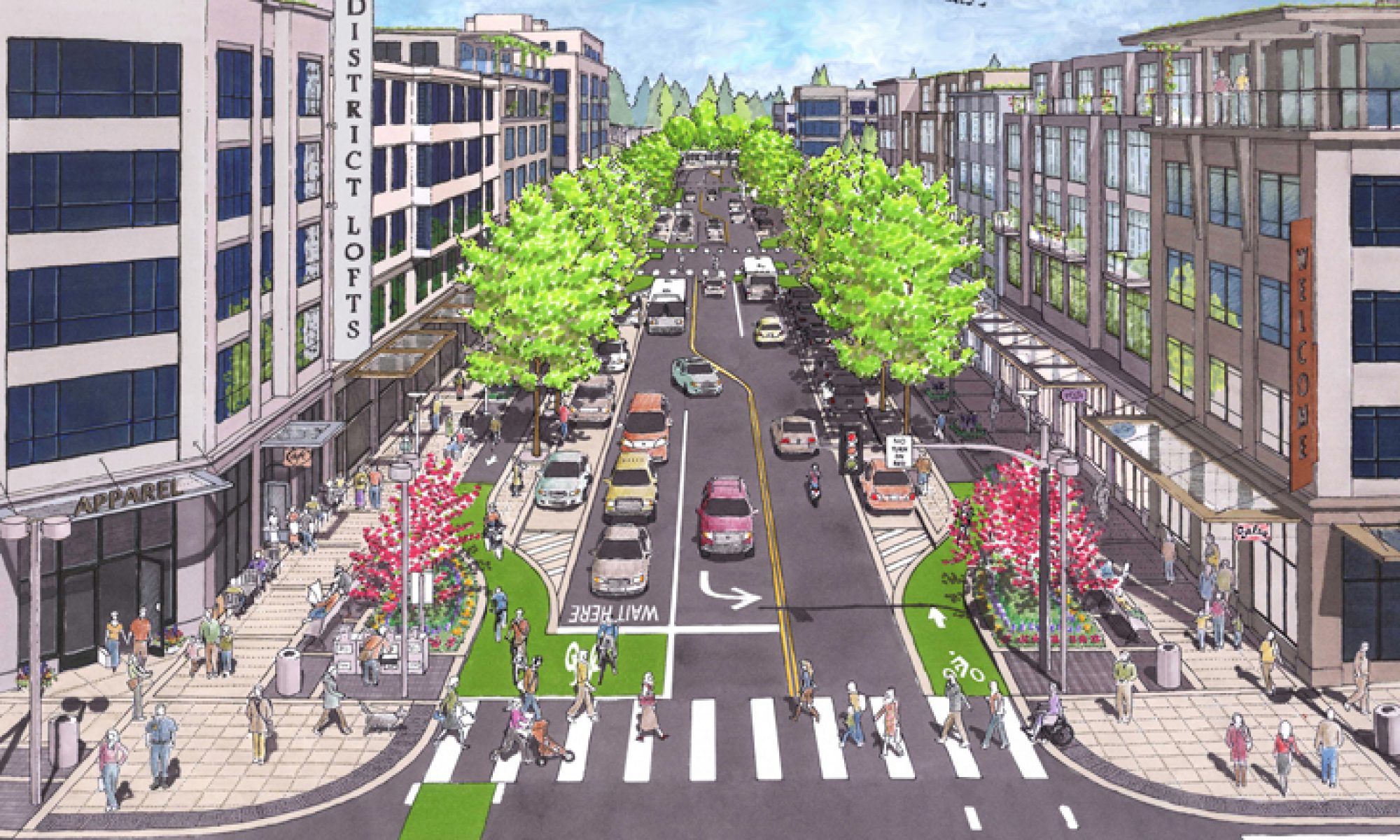Asbury Park has initiated a new scooter share, and we have great hopes to see it succeed. The purpose of a scooter share and bike share in any city is to reduce car dependency. We have excessive traffic in Asbury Park, especially in the summer months, and parking is at a premium, so for those who might be interested in getting to destinations in the city car-free, a scooter is a great alternative transportation option!
There are rules in place that apply to scooter riding, which are similar to the rules for bike riding. We have a dream of a completely walkable and bikeable, car-free city. While we encourage everyone riding bikes and scootering to adhere to the rules, it may take time for users to feel safe and comfortable riding on streets along with motor vehicles, with only painted stripes between them and multi-ton vehicles. Until we effectively lower traffic speeds and reduce the volume of cars, people riding bikes and scooters are faced with the decision of where they can ride safely.
Currently the users of bike lanes in Asbury Park are not protected from vehicular traffic, and almost every existing bike lane is between traffic and in the “door zone” next to parked cars, which places these vulnerable road users in a position to possibly get hit by a driver door, or have to swerve into traffic. Scooter riders and bike riders are often quite literally invisible to many drivers. Some drivers are distracted or inattentive. And there are some aggressive drivers who are angered at the very sight of other road users.
Walkers often say that they were “almost hit” or are “scared” of riders on the sidewalk. People who ride bikes and scooters are almost literally between a rock and a hard place: whether they are willing to endanger their own lives on the road or whether they might frighten walkers on the sidewalk. So some riders will be courageous enough to claim the narrow painted strip of asphalt designated for bikes and scooters, but others may feel safer on the sidewalk.
We will have to allow time to get along. While we continue to build infrastructure on our streets to make them safe for people, we can build a cooperative relationship between walkers and riders. Let’s all focus on the real dangers of drivers of motor vehicles, responsible for killing over 40 thousand people a year in the US.
Fewer cars on the roads will save lives, improve human health and the environment. Enabling people to ride bikes and scooters safely will help make Asbury Park a city for people, not for cars.

Electric Scooter Sharing
Scooter share provides residents, employees, and visitors with an electric foot scooter to rent for a quick errand, a trip to the beach, or a climate-friendly commute. Riders can rent the nearest available scooter, ride it to where they want to go, and leave it responsibly parked for the next person to ride.
The City of Asbury Park has selected LINK powered by Superpedestrian to deploy an electric scooter share program across the entire City starting May 21, 2021. The program includes up to 250 scooters stationed at over 50 designated parking locations around Asbury Park.
In selecting the LINK team to help launch Asbury Park’s e-mobility project, the City is sure to receive quality products and commitment from the experienced e-scooter provider. These scooters will be equipped with front and rear safety lights, a bell and a speed limiter of up to 12mph. They will be available for rent Monday to Sunday from 7am to 9pm for riders 18 years and older.
Everything you need to know about scooter riding in Asbury Park





















